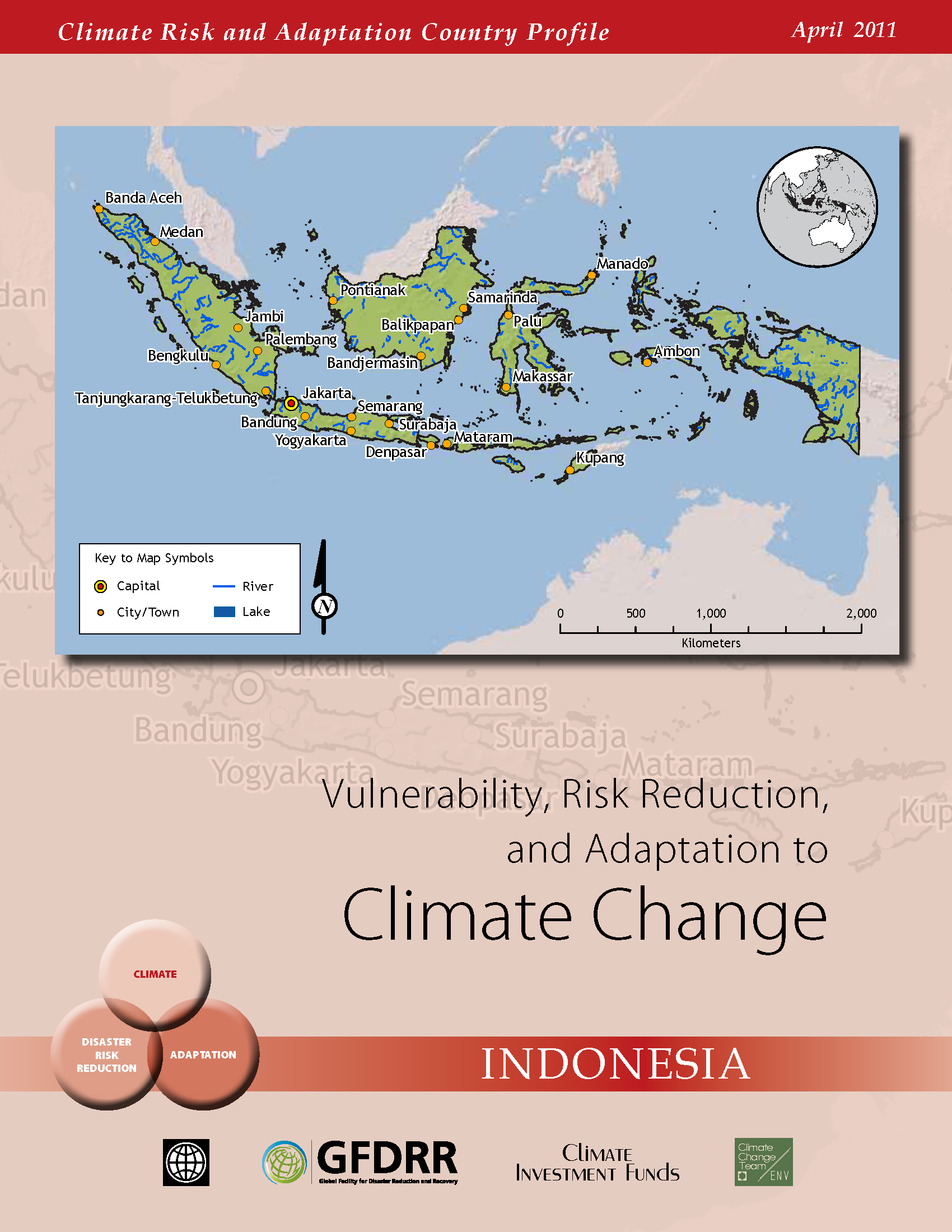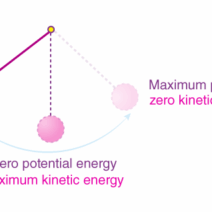
www.gfdrr.org
climate indonesia risk country profile adaptation change gfdrr
Climate change is an insidious adversary, threatening ecosystems, economies, and communities around the globe. Yet, the crisis hits certain regions harder than others, and in the context of vulnerability, Indonesia stands out. This Southeast Asian archipelago, with its sprawling landscapes, diverse cultures, and rich biodiversity, offers a poignant case study of how climate change disproportionately affects those already grappling with socio-economic challenges. Have you ever pondered how rising sea levels are altering the lives of Indonesia’s coastal communities, potentially displacing thousands?
To truly understand the impact of climate change in this context, one must first grasp the geographical and social intricacies of Indonesia. Comprising over 17,000 islands, it is the world’s largest archipelago, stretching over 5,000 kilometers along the equator. This geographical diversity cultivates an extraordinary abundance of flora and fauna but also makes the country especially susceptible to environmental upheavals. Indonesia is not only one of the most biodiverse areas on the planet but is also situated within the Pacific Ring of Fire, making it inherently vulnerable to seismic activity. The intersection of biodiversity loss and geological threats intensifies the existential peril that climate change presents.
Indonesia’s socio-economic landscape further compounds the crisis. The nation grapples with widespread poverty; a significant portion of the population relies on agriculture for their livelihood. Smallholder farmers constitute a vital segment of Indonesia’s economy, yet they face escalating threats from erratic weather patterns that disrupt crop yields. The interdependence of these communities on their natural surroundings renders them exceedingly vulnerable to climatic changes. With increasing frequency of droughts and floods, one cannot help but wonder how many families will be ripped apart by the upheaval of their agricultural foundation?
The manifestations of climate change in Indonesia are not confined to agricultural distress. Rising sea levels pose an existential threat to coastal cities, with Jakarta being at the forefront of this calamity. As the city sinks—some estimates suggest that it is falling at a rate of approximately 25 centimeters per year, in part due to excessive groundwater extraction—sea levels are encroaching upon densely populated areas. This perfect storm creates a looming crisis. In a nation with a population exceeding 270 million, imagine the ramifications of displacing millions of individuals from their homes due to rising waters. It is a bleak future that confronts the urban and rural poor alike.
Additionally, the impact of climate change infiltrates public health, exacerbating existing inequalities. The increased frequency of extreme weather events is conducive to a myriad of health risks, including but not limited to water-borne diseases, respiratory difficulties as a result of poor air quality, and food insecurity. Climate change not only fuels the fires of natural disasters but also ignites the embers of social unrest as resource scarcity becomes an everyday reality. How do societies under such pressure maintain stability and cohesion, especially when the government infrastructure is often ill-equipped to handle such crises?
Moving from the local to the macro scale, international ramifications of Indonesia’s climatic challenges emerge. Indonesia is an essential player in the global fight against climate change, being a significant contributor to carbon emissions, primarily due to deforestation for palm oil production, mining activities, and land conversion. Urgent calls for sustainable practices are not just required for the well-being of the local communities but are imperative for the global ecosystem. The health of Indonesia’s rainforests serves as a crucial buffer against global warming, and the destruction of these landscapes underlines the interconnectivity of our world.
However, these pressing challenges do not exist without avenues for innovative solutions. Sustainable development is not merely a concept but a necessity for Indonesia to navigate the treacherous waters of climate change. Advancements in renewable energy, particularly with Indonesia’s immense geothermal and solar resources, promise to reduce dependency on fossil fuels and diminish carbon emissions. Moreover, environmentally friendly agricultural practices, such as agroforestry, can help restore degraded lands while providing resilient food sources for communities.
The role of governance and community engagement cannot be overstated. The Indonesian government faces the daunting task of enacting policies that facilitate resilience. Active participation from local populations in decision-making processes fosters an environment of accountability and improves adaptation strategies. Education and awareness campaigns are crucial for adapting to climate realities, empowering communities to implement mitigation strategies at the grassroots level. An engaged populace is perhaps the most formidable weapon in the fight against climate change.
Yet, the question remains: can policy changes, community engagement, and technological advancements synergize sufficiently to stem the tide of climate catastrophe? The stakes are immeasurably high, with the future of many communities hanging in the balance. As the global community watches, Indonesia’s trajectory may ultimately serve as a bellwether for other nations grappling with similar challenges.
In conclusion, the intricate web of climate change, societal challenges, and ecological balance is palpable in Indonesia. From the verdant fields of Java to the urban chaos of Jakarta, the consequences of inaction are profound. As we reflect on these intertwined realities, the imperative to act is clear: safeguarding Indonesia’s future requires a concerted effort—locally, nationally, and globally. The time to confront this mounting challenge is now, lest we live with the fallout of our inaction for generations to come.


